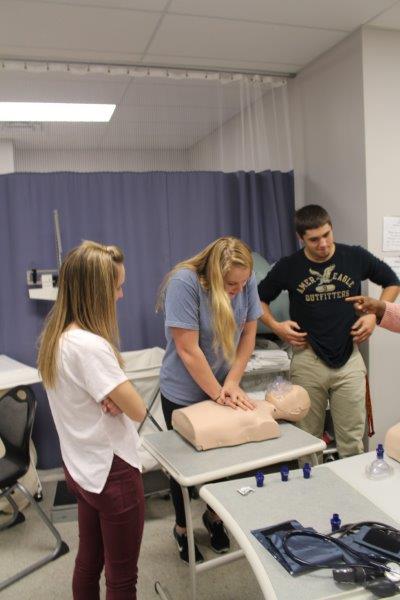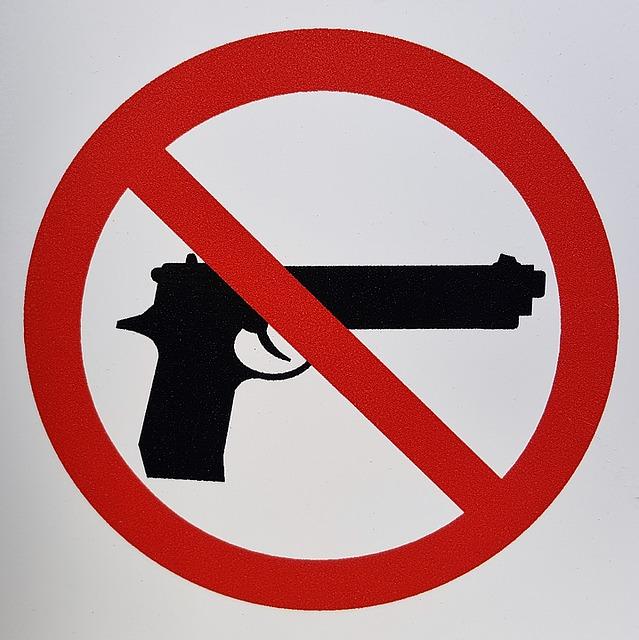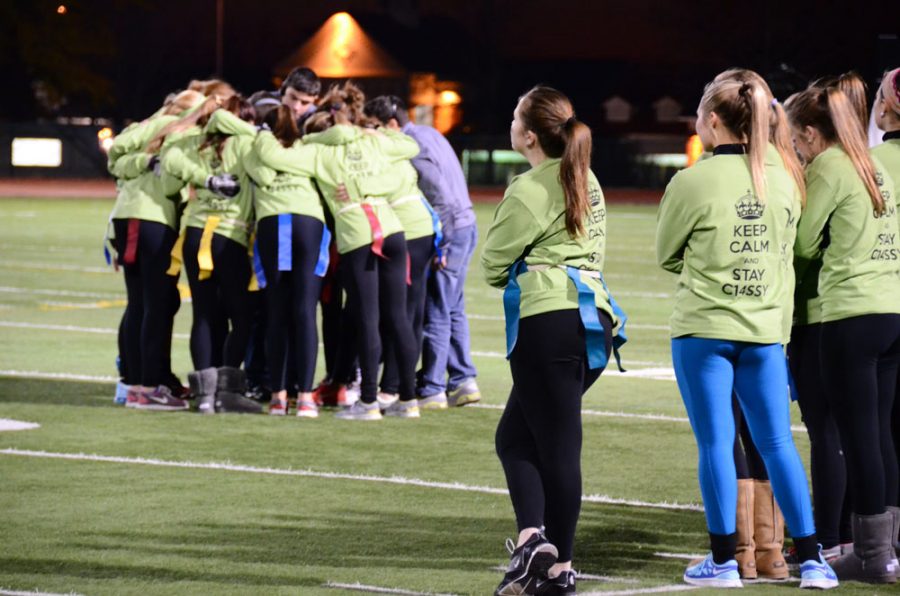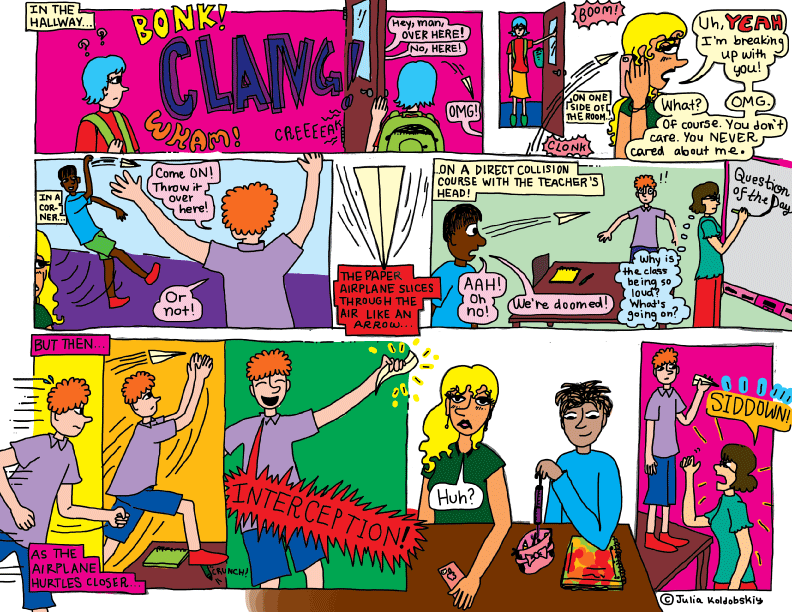Beginning in the 2017-18 school year, a student may not graduate from a public or charter school in the state of Missouri unless he or she has received cardiopulmonary resuscitation (CPR) instruction and training during the student’s four years of high school.
House Bill 1643, sponsored by Missouri house representative Ron Hicks, aims to provide at least 30 minutes of CPR instruction for all high school students in an attempt to educate students on how to execute proper performance of the Heimlich maneuver for choking and related emergencies.
As an Emergency Medical Technician (EMT) student at the Columbia Area Career Center (CACC), senior Zoya Khan finds value in one’s intuition of an emergency and supports the bill’s message.
“[The bill] is a good idea because students should know how to react in an emergency situation,” Khan said. “That kind of thinking isn’t something that is usually taught in school, so in an unexpected situation, people don’t know what to do. By teaching CPR in high school, we can prepare students for those kinds of situations.”
According to the bill, CPR instruction will be embedded into the district’s existing health or physical education curriculum. Instruction will be based off of a nationally recognized program such as the American Heart Association or the American Red Cross. The instruction will incorporate “psychomotor skills development” to support cognitive learning for students.
“It’s definitely important that the average American knows how to do CPR,” Khan said. “It can make a huge difference if someone knows how to do CPR and is in an emergency situation. The sooner CPR is started, the higher the survival rate for the person.”
Khan first learned CPR in the sixth grade through a science program at the University of Missouri – Columbia (UMC). She reinforced her skills this school year by enrolling in the EMT program at the CACC under the tutelage of Bobby Horn, a Missouri Licensed Paramedic with over 30 years of experience in the Public Safety Industry.
“The community is better off having multiple people trained — not just health care providers or just select citizens,” Horn said. “If we built that foundation at the high school level, students will want to continue that education and we will have more people out there doing CPR. The more people trained, the more people willing to assist, the more lives we’re able to save.”
In 2011, the American Heart Association initiated their “2020 Impact Goal” which targets two main components: to reduce death from heart disease and stroke by at least 20 percent by the year 2020 and to improve overall heart health.
Horn finds pragmatism in the American Heart Association’s 2020 Impact Goal but worries about one component of the bill’s implementation for CPR instruction in schools.
“My concern is that 30 minutes [of instruction] is simply an introduction and not an instruction period,” Horn said. “The goal is to find retention of the material, which you can’t do in 30 minutes. [In EMT], it’s a four to five hour instruction time but because it’s 90 minutes [of class time] every day, it takes close to a week to complete the unit.”
Since beginning his teaching career at the CACC in 2009, Horn perceives similar reactions from both adult and high school students when they learn how to properly carry out CPR: the expression of enlightenment.
“The biggest thing high school students can take away from the CPR unit is that it’s not easy, that two minutes can seem like a long time and it is an adrenaline filled response,” Horn said. “But I think that the thing they really take away at the end of the program is that they feel more confident should they have to [perform CPR], for they now know how to do it.”
Do you know how to perform CPR? Do you think this bill will be beneficial for high school students?
Categories:
Bill to require CPR instruction to graduate
April 7, 2016

2
0
More to Discover

























































































19JL01 • Apr 13, 2016 at 11:53 am
I think this new bill is a good idea to ensure safety of students and teachers throughout their schooling career. IN certain circumstances, I do believe it is important to be aware of how to handle these emergency situation in case there is no help close by. If the bill were to pass, it would definitely change our schedules but I think the safety precaution is worth it.
Emily Oba • Apr 10, 2016 at 9:19 pm
I think this is a good idea to teach all students CPR. In emergencies it is likely that there is no one who is a doctor, or knows how to perform CPR. So if more people were educated, then more lives could be saved in the future. If it’s between learning and not learning, learning is always the better option.